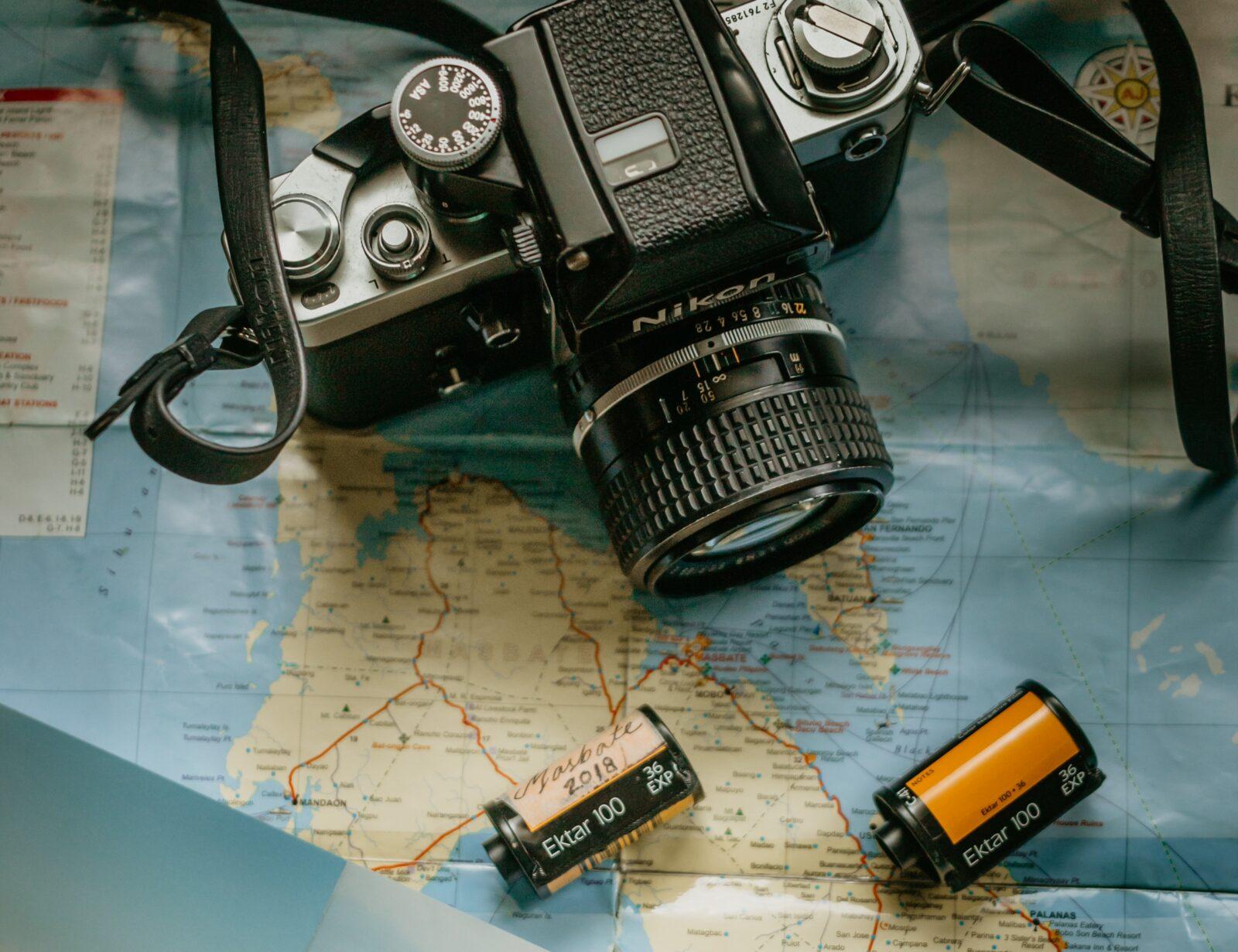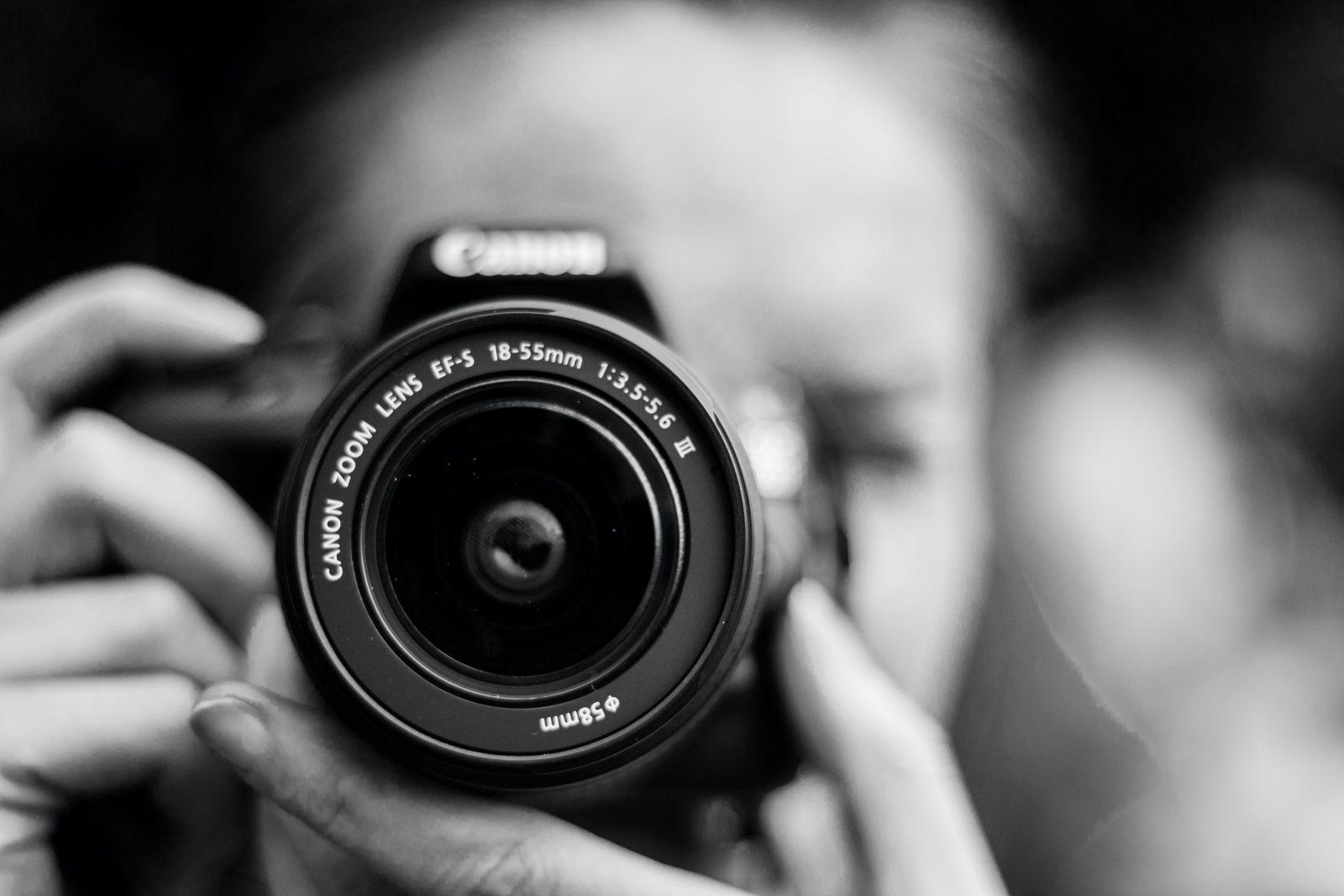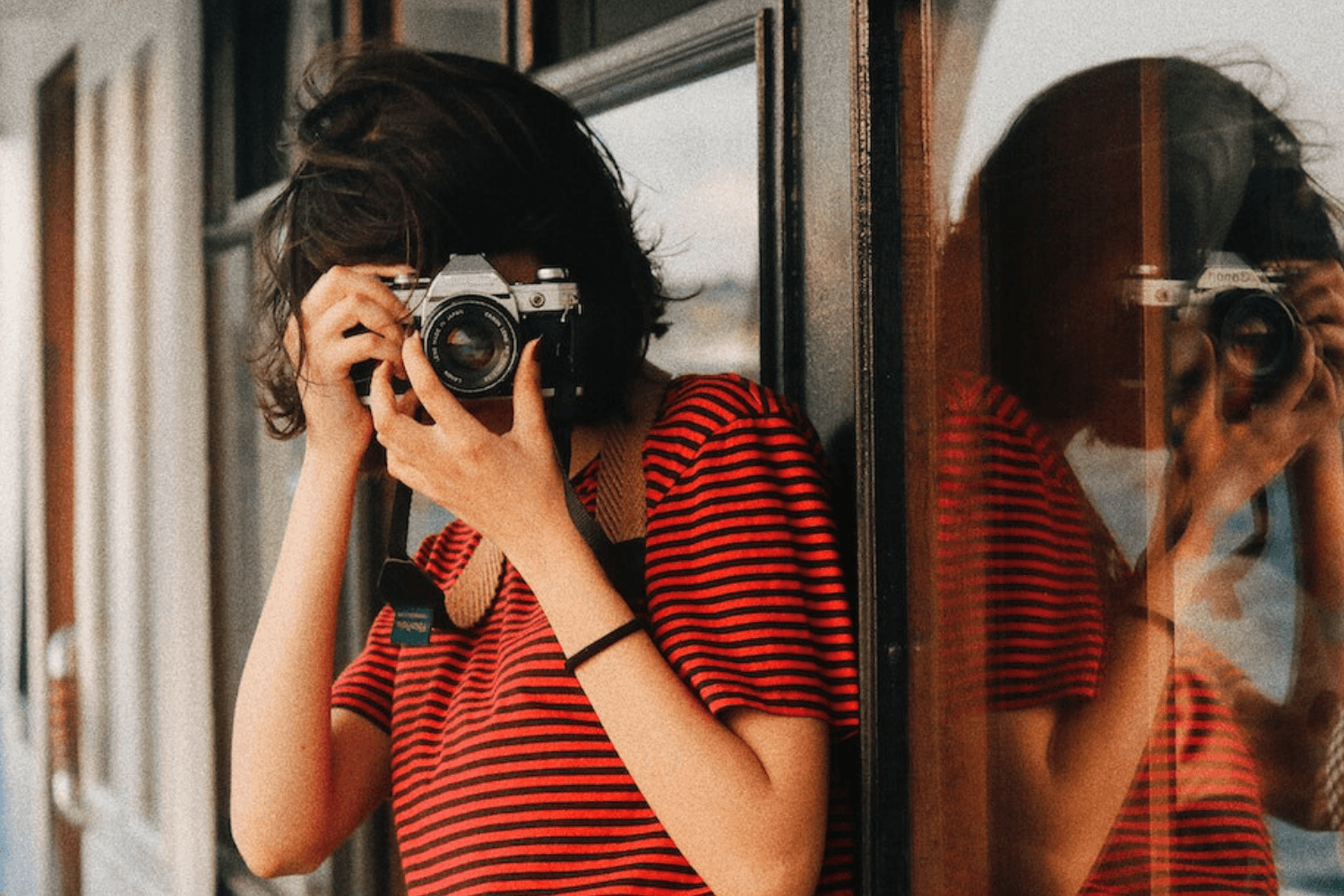How photography has shifted our perspective of war
Katya Mulvaney
Tue Mar 29 2022
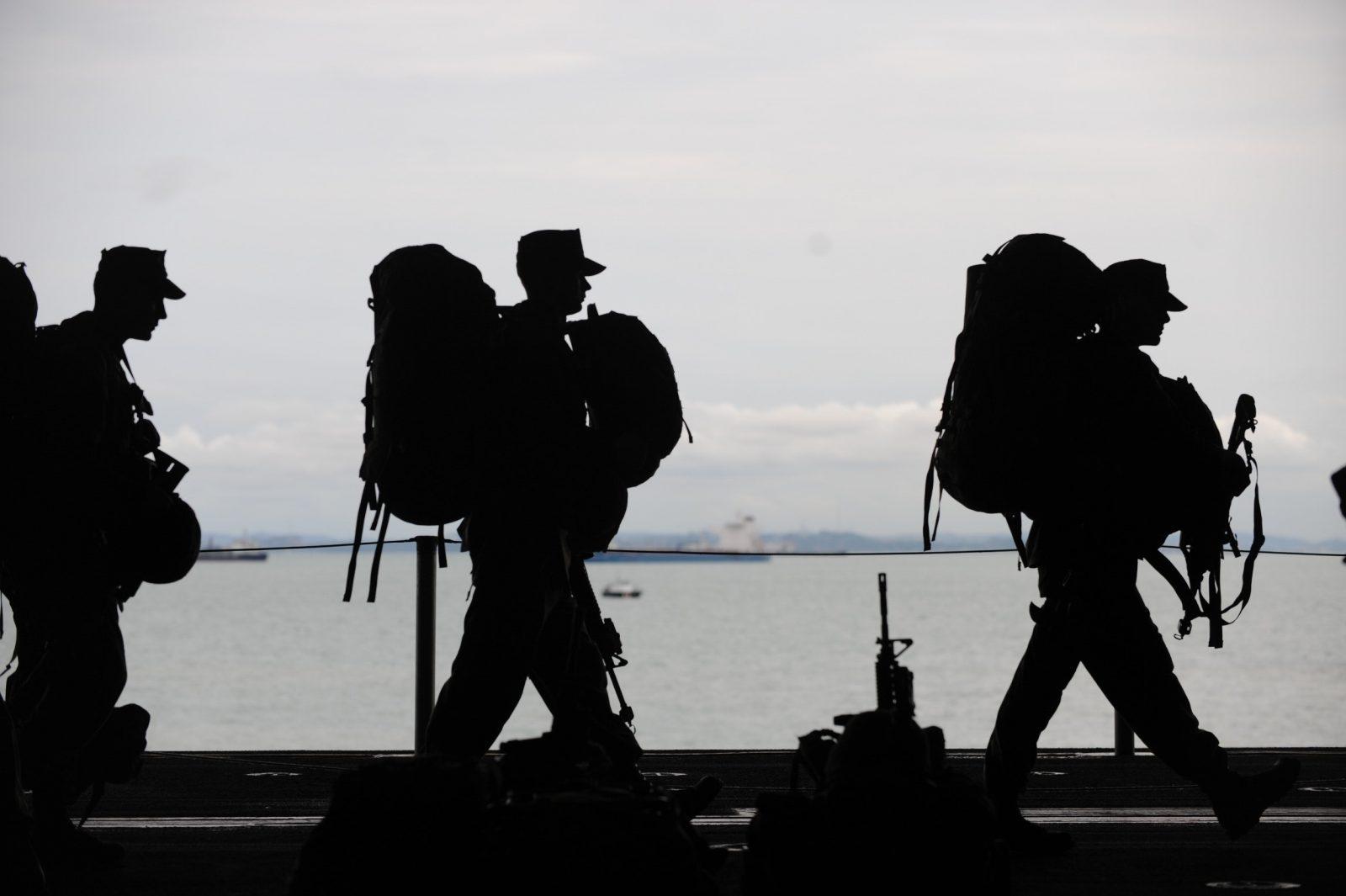
By Katya Mulvaney
I have little doubt that many of you will have felt some degree of emotion stirred by the Russian invasion of Ukraine. Our news channels, social media and news alerts have been buzzing with images and stories from Kyiv and other areas in the country that have been under attack. War photography has helped to educate and most importantly, create awareness about the realities of war. It has also played a part in moulding our perceptions of war throughout history.
The beginnings of war photography – the American Civil War
Although many battles have been captured over time, there are some in which photography played a more impactful role than others. The earliest of these is The American Civil War. Recognised as the first major conflict to be photographed consistently, this war is widely regarded as the birthplace of war photography as a genre.
Of course, things were done a little differently in the early 1860’s. Soldiers were photographed in full uniform before going into battle. These images were sent home for the families to have as a keepsake while their young men were away. This rather formal style of imagery helped to create a perception of these young soldiers as heroes.
The evolution of war photography – navigating between truth and propaganda
During the upheaval of the two world wars, war photography became an established means of communicating the reality of conflict. Pictures of war began to fill the pages of magazines and newspapers. This growth can be, in part, attributed to developments made in press printing and photographic equipment – particularly the emergence of the compact 35mm handheld camera.
While both world wars were photographically recorded, during WWII dissemination and impact of war photography moved to a new level. This was a defining point in history for images being used both to communicate the truth, and as a tool of propaganda.
For the photojournalist war photographer, their service to society is to portray war as truthfully as possible. They seek to raise awareness and inform the public which, in democracies, helps hold elected politicians accountable.
On the other hand, for the propagandist war photographer, the goal is not to describe the truth of war (although sometimes propagandist goals and the truth may intersect) but to use their images to reinforce an official narrative. In the current war in Ukraine, we can see how the battle to shape public opinion (for or against the conflict) is partly driven by imagery. Both sides are using propaganda to rally support.
Importantly, however, our trust in the veracity of the photographic image has declined. In the traditional days of film photography, we tended to believe that ‘the camera never lies’. Photographic images recorded on celluloid film, though edited and selective in their framing, were generally considered to be authentic records. In the current digital era, our confidence in the truthfulness of images has been eroded by our knowledge that digital pictures are relatively easy to manipulate.
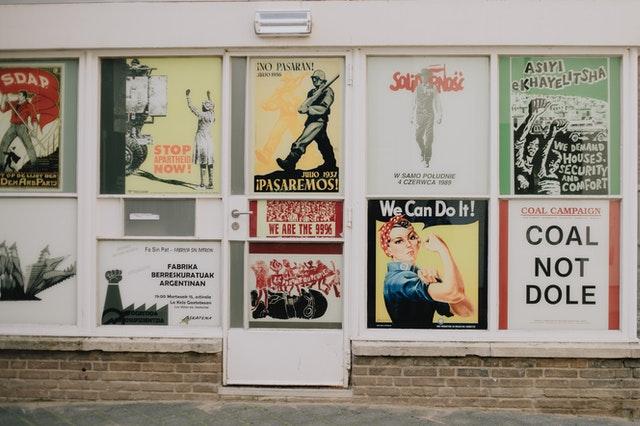 Photo by Photo by Sinitta Leunen
Photo by Photo by Sinitta Leunen
War photography’s ‘golden era’ – the Vietnam War
When someone mentions the Vietnam War, several famous photos come to mind – Eddie Adams’ images of a Viet Cong prisoner being executed and Nick Ut’s Napalm Girl, to name a couple. Taken in 1972, Nick Út’s terrifying, Pulitzer Prize-winning, image of a naked girl and other children fleeing a Napalm attack is credited with playing a pivotal role in swaying public opinion against the Vietnam war. Its unvarnished depiction of the child victims of American bombing brought home both the horror and injustice of war.
These and other images taken of the Vietnamese battlefront had a massive impact on the public’s perception of the war. A perception that would forever change the course of history and how society viewed war. Further advancements in technology, including portable colour video recorders, enabled photojournalists to access and capture battle images more easily, with even less technical difficulty than the world wars.
By sharing these new, more realistic images and videos, the public was brought even closer to the realities of war. This connection to, and awareness of the true experience of battle helped shift the public’s understanding of war. Once viewed as brave young men going off to serve their country, enlisted and professional soldiers were now met with deeper compassion and a more profound understanding of the suffering they, and many civilians, had endured.
Images from the Vietnam War provided evidence that energised the growing anti-war movement. Several famous and emotionally powerful photographs from this period weren’t even of the battlefield. Rather, they were captured on American soil. The Flower Child by Marc Riboud became an iconic image of the anti-war movement. In fact, for many war photographers the underlying message of their images is naturally anti-war.
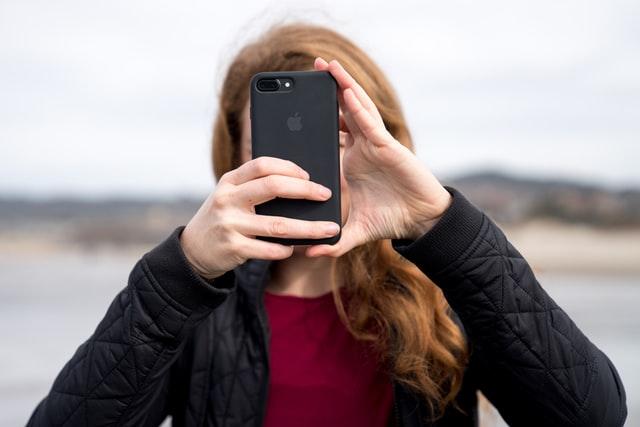 Photo by Photo by Rebecca Harris
Photo by Photo by Rebecca Harris
Where we stand today
As mentioned, changes in tech have played a significant role in transforming both the photographic process and the way we see and understand photographs. This is particularly true for the transition from film to digital. Today, the context in which war photographs are created is completely different.
Near universal access to mobile phones, the internet, and social media has ushered in a new era of almost instant coverage. Anybody, anywhere, can photograph what is happening in front of them and make it globally accessible.
We saw this when photographs of bombings in Kyiv were published online almost instantly. People were able to share first-hand reports of the invasion via their social media accounts. As a result, war photography is no longer the sole preserve of professional photojournalists. The citizen journalist is a new unregulated source of information and imagery. One that provides us with instant, first-hand accounts of the individual experience.
Leaving out the middleman
This new level of citizen-generated coverage leaves less room for government-curated propaganda. It also bypasses the flow of information and images from traditional media corporations. Many of the pictures we are seeing of Ukraine shared on social media have not been filtered, or verified, by a third party or a professional news organisation. This can be viewed as both a positive and a negative.
One may feel as though it is now possible to gain access to more independent news sources than were previously available. However, images and information provided directly through social media channels are not always verified or subject to the ethical standards that most professional media organisations and photojournalists adhere to.
At the end of the day, the professional photojournalist war photographer has a single mission: to try and bear witness to what they see in as neutral a manner as possible. Whereas the citizen journalist does not necessarily have a need or desire to remain neutral. With this new blend of civilian images and photographs taken by dedicated photojournalists, the way the Ukraine war is being portrayed may arguably be the most direct and authentic coverage of a major conflict in history.
It is important to bear in mind that there are always two sides to any story (or three if you want the absolute truth). In Russia, the authorities have forbidden troops from carrying mobile phones. This prevents their soldiers from recording their own successes, suffering, and setbacks. Russian civilians are also under a social media ban, making it almost impossible for them to get an accurate understanding of what is happening in Ukraine.
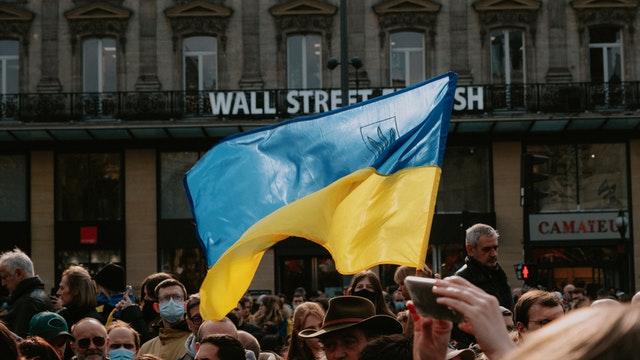 Photo by Photo by Mathias P.R. Reding
Photo by Photo by Mathias P.R. Reding
Global call to action
Images and experiences from Ukraine have reached billions of people across the globe and have brought the realities of the War to millions of people via their mobile phones. By creating this global, instant connection between viewers and those involved, the world has witnessed a swift international anti-war movement including global boycotts, fundraising, refugee support, and calls for referendum.
Photography has and continues to play a key role in shaping how society perceives war. Through photographs, those physically distanced from war can gain awareness and understanding. We are now living in an era where we can more easily access raw, authentic recordings of events, not only from photojournalists but also from non-professionals on the ground.
Recognising that true neutrality is near impossible and that every image has an angle, perhaps our understanding of conflict will become richer and more balanced by being exposed to a diverse mosaic of pictures from both professional and non-professional sources.
Written by Katya Mulvaney | Katya is a brand creation and digital marketing specialist. She heads up marketing and communication here at LightRocket. If you subscribe to our emailer or follow us on social media, then you’re probably already familiar with some of her work. She also never shies away from a good plate of pasta.
To read more helpful articles on photography, check out our blog page.
Join our growing photographer community at LightRocket and get powerful archive management and website building tools for free!
